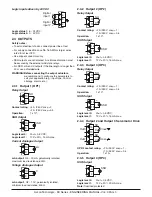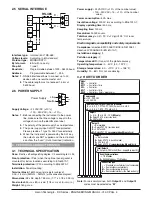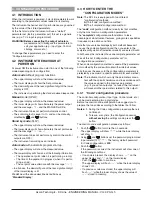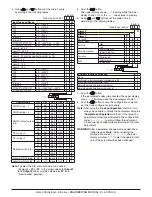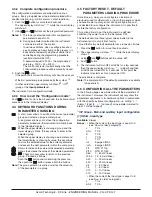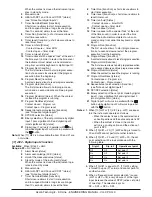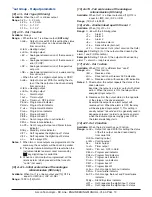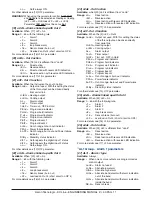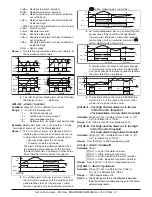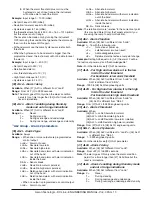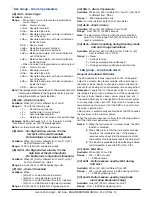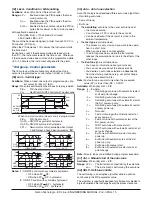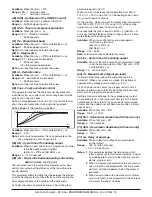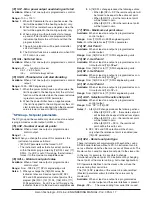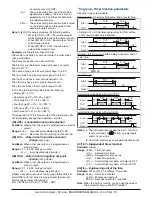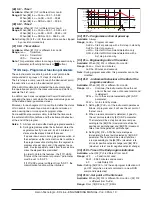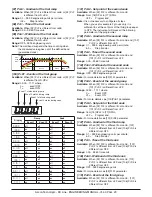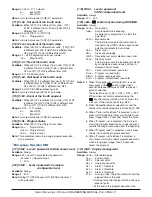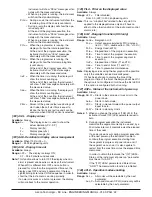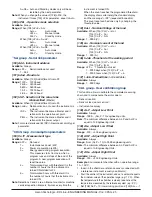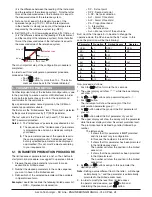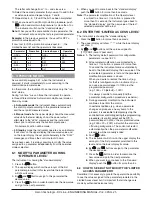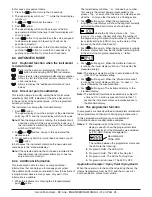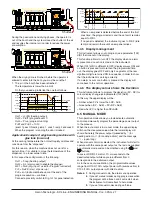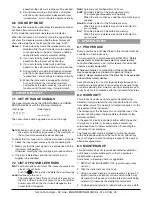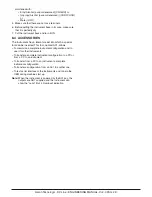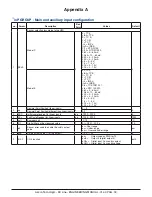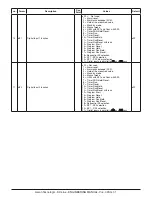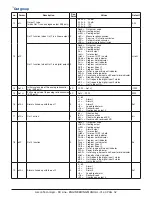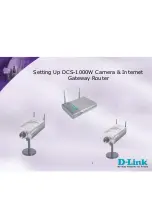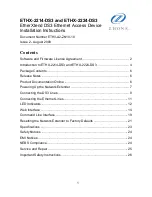
Ascon Tecnologic - KX Line - ENGINEERING MANUAL -Vr.4.0
PAG. 17
[72] St.P - Max. power output used during soft start
Available:
When at list one output is programmed as control
output.
Range:
-100... +100%.
Notes: 1.
When St.P parameter have a positive value, the
limit will be applied to the heating output(s) only.
2.
When St.P parameter have a negative value, the
limit will be applied to the cooling output(s) only.
3.
When a program with automatic start at power
up and soft start function are programmed, the
instrument performs the soft start and than the
program function.
4.
The auto-tune function will be performed after
soft start function.
5.
The Soft start function is available also when ON/
OFF contro l is used.
[73] SSt - Soft start time
Available:
When at list one output is programmed as control
output.
Range:
oFF = Function not used;
0.01... 7.59 hh.mm;
inF =
soft start always active.
[74] SS.tH - Threshold for soft start disabling
Available:
When at list one output is programmed as control
output.
Range:
-1999... 9999 engineering units.
Notes: 1.
When the power limiter have a positive value (the
limit is applied to the heating action) the soft start
function will be aborted when the measured value
is greater or equal to SS.tH parameter.
2.
When the power limiter have a negative value
(the limit is applied to the cooling action) the soft
start function will be aborted when the measured
value is lower or equal to SS.tH parameter.
]
SP Group - Set point parameters
The SP group will be available only when at least one output
is programmed as control output (H.rEG or C.rEG).
[75] nSP - Number of used set points
Available:
When at least one output is programmed as
control output.
Range:
1... 4.
Note:
When you change the value of this parameter, the
instrument operates as follows:
•
[82] A.SP parameter will be forced to SP.
•
The instrument verifies that all used set point are
within the limits programmed by [76] SPLL end [77]
SPHL. If an SP is out of this range, the instrument
forces it to the maximum acceptable value
[76] SPLL - Minimum set point value
Available:
When at least one output is programmed as
control output.
Range:
From -1999 to [77] SPHL engineering units
Notes: 1.
When you change the [76] SPLL value, the
instrument checks all local set points (SP, SP2,
SP3 and SP4 parameters) and all set points of the
program ([96] Pr.S1, [101] Pr.S2, [106] Pr.S3, [111]
Pr.S4 parameters). If an SP is out of this range, the
instrument forces it to the maximum acceptable value
2.
A [76] SPLL change produces the following actions:
•
When [83] SP.rt = SP the remote set point will
be forced to be equal to the active set point
•
When [83] SP.rt = trim the remote set point
will be forced to zero
•
When [83] SP.rt = PErc the remote set point
will be forced to zero
[77] SPHL - Maximum set point value
Available:
When at least one output is programmed as
control output.
Range:
From [77] SPLL to 9999 engineering units
Note:
For other details see [77] SPLL parameter.
[78] SP - Set Point 1
Available:
When at least one output is programmed as
control output.
Range:
From [76] SPLL to [77] SPHL engineering units.
[79] SP 2 - Set Point 2
Available:
When at least one output is programmed as con-
trol output and [75] nSP > 2.
Range:
From [76] SPLL to [77] SPHL engineering units.
[80] SP 3 - Set Point 3
Available:
When at least one output is programmed as con-
trol output and [75] nSP > 3.
Range:
From [76] SPLL to [77] SPHL engineering units.
[81] SP 4 - Set Point 4
Available:
When at least one output is programmed as con-
trol output and [75] nSP =4.
Range:
From [76] SPLL to [77] SPHL engineering units.
[82] A.SP - Selection of the active Set point
Available:
When at least one output is programmed as
control output.
Range:
From “SP” to [75] nSP.
Notes: 1.
A [82] A.SP change produces the following actions:
•
When [83] SP.rt = SP - the remote set point
will be forced to be equal to the active set poin;
•
When [83] SP.rt = trin - the remote set point
will be forced to zero;
•
When [83] SP.rt = PErc - the remote set
point will be forced to zero.
2.
SP2, SP3 and SP4 selection will be shown
only when the relative set point is enabled (see
[75] nSP parameter).
[83] SP.rt - Remote set point type
These instruments will communicate with each other, using
RS 485 serial interface without a PC. An instrument can be
set as a Master while the other are (as usual) Slave units. The
Master unit can send his operative set point to the slave units.
In this way, for example, it is possible to change
simultaneously the set point of 20 instruments by changing
the set point of the master unit (e.g. hot runner application).
SP.rt parameter defines how the slaves units will use the
value coming from serial link.
The [132] tr.SP (selection of the value to be retransmitted
(Master)) parameter allows to define the value sent by
master unit.
Available:
When at least one output is e programmed as
control output and the serial interface is present.
Range:
rSP =
The value coming from serial link is used

